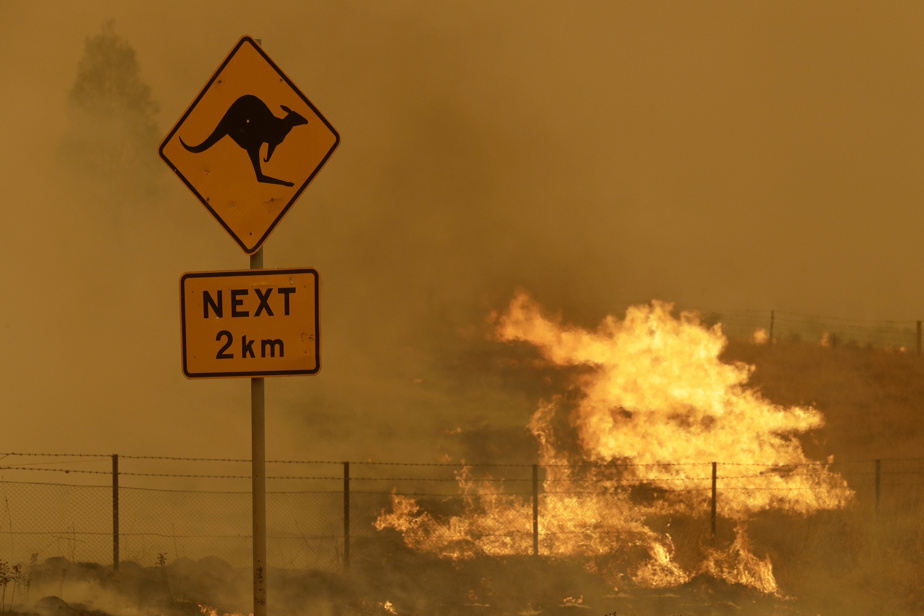Soot
“We track the Pacific climate and we’ve seen some startling data in recent years,” says John Fasullo, a climatologist at the University Corporation for Atmospheric Research (UCAR) in Colorado, who is the lead author of the study published mid -May in the review Science Advances. “When we searched for a potential cause, one of the main anomalies just before this unusual data was the sequence of wildfires in Australia in early 2020. To our surprise, we found that there was actually a link. We are used to a major volcanic eruption causing a cooling of the climate, because the amount of soot is phenomenal. But major forest fires also seem to have an impact, albeit regional. »
La Nina
The consequence of the Australian wildfires has been to alter La Niña, one of the two great weather phenomena that govern Pacific weather. La Niña is associated with lower temperatures and heavier rains. Isn’t it paradoxical that forest fires occurred in the middle of La Niña? “With La Niña, there is more vegetation growth, so more fuel to feed forest fires during droughts. »
Peru
Normally, the soot sent into the atmosphere by Australian wildfires should have reduced the temperature of the Pacific by a tenth of a degree Celsius for one or two years by blocking the sun’s rays. But the effect was two to three times greater and much longer. “We realized that the soot traveled east and influenced an area of the Pacific near Peru that is important for the formation of La Niña,” says Fasullo. We believe that this La Niña structural shift has happened in the past as well, notably in 1974-75 when Australia experienced its worst wildfires in history. We are now working to establish what La Niña was like in the second half of the 1970s.”
El Nino
After an abnormally long Niña, El Niño, the other major weather phenomenon in the Pacific, is also more abnormal. “The cooling associated with the alteration of La Niña by the Australian wildfires may be offset by a stronger and longer El Niño afterwards. Does the unusual cooling due to La Niña for the past few years counteract the warming of the planet? “At the local level, totally,” says Mr. Fasullo. The increase in temperature due to climate change is only two to three tenths of a degree Celsius per decade, therefore ten times less strong than the reinforced signal of La Niña. But in the long term, global warming continues, while cooling from the Australian wildfires will fade away. »

PHOTO MARTIN CHAMBERLAND, THE PRESS
Burned forest at Fox Creek, Alberta
Monsoon and Siberia
The climate of other regions of the planet could be affected by the extraordinary forest fires. “We want to check whether the unusual wildfires in western Canada and the United States, and in Siberia, affect La Niña, the Arctic climate and the monsoon in the Indian Ocean,” Fasullo says. According to him, the wildfires in eastern Canada and the United States are not widespread enough to have climatic effects as significant as what he observed with La Niña.
Learn more
-
- 18 million
- Number of hectares destroyed by fire in Australia in 2020
Source: Australian Rural and Regional News
- 117 million
- Number of hectares destroyed by fire in Australia in 1974-1975
Source: Australian Rural and Regional News
